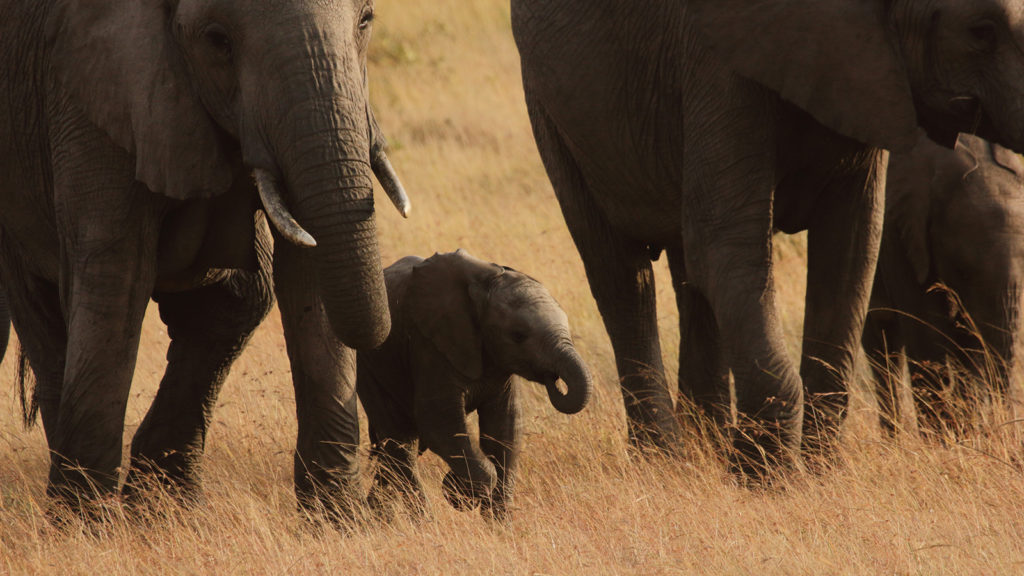Magical Kenya – Part 3: Masai Mara
If you are a wildlife enthusiast, Masai Mara in Kenya is definitely a place you want to visit at least once in your lifetime. Spreading across 1500+ sq km, the game reserve plays a very important role in the annual migration of the Wildebeests, Zebras, Impalas and other animals. The game reserve is named after the Masai people who have lived in the land and their word for the area, Mara. The word Maa in Masai language means spotted, a description of the plains when seen from afar because of the huddles of trees in the plains.
My visit to the Mara was a partially customized visit of three nights and four days. These are not full four days as you arrive in the evening of the first day and you leave in the morning of the fourth day, just visiting the Masai village situated right around the camping area. Quite a few of the fellow tourists and the guides I met during the visit exclaimed that usually people come to visit the Masai Mara only for three days. I was quite happy that I extended the visit.
While my visit was planned during the time the Great Migration begins, I didn’t have much hope to actually see it happening. With pretty much all of my safaris, I keep the goal as “enjoy anything that will turn up”. As you are going to see animals in the wild, you will not be able to have a very strong plan of what you want to do. Sometimes the animals are there, sometimes they are in hiding. If you are a photographer then things could get even worse, the light might not be good, the sky might be overcast, the animal might not be in a good background…, there are just so many things that can affect your plans that are not under your control. Thankfully during my visit, the skies stayed clear and there seemed to be enough animals around.
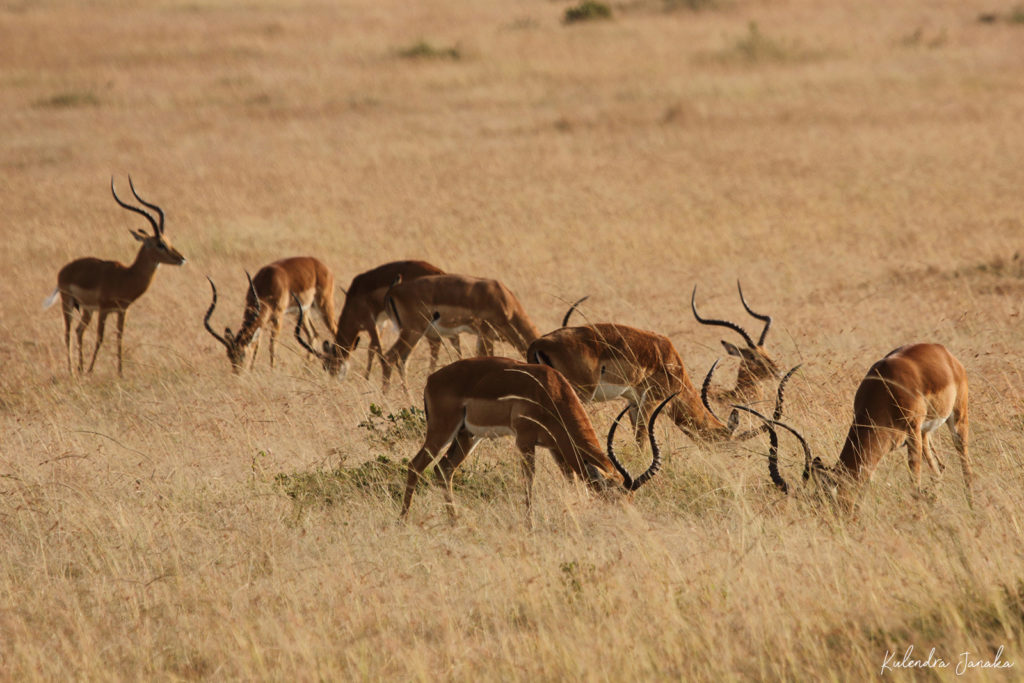

The Impala are prey to many predators. But sometimes they look majestic. 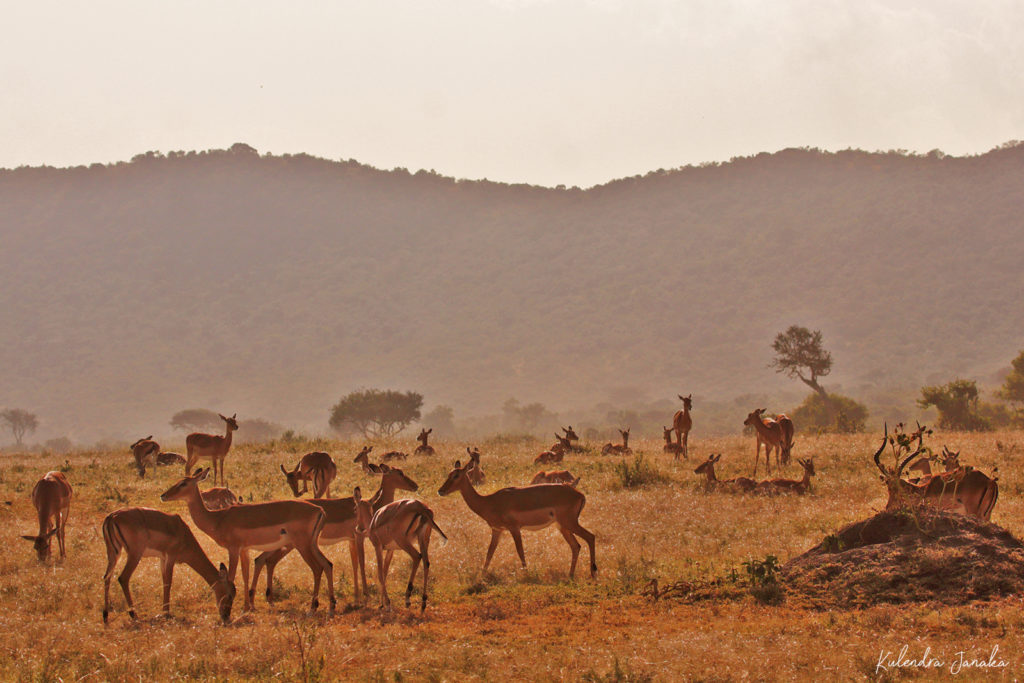
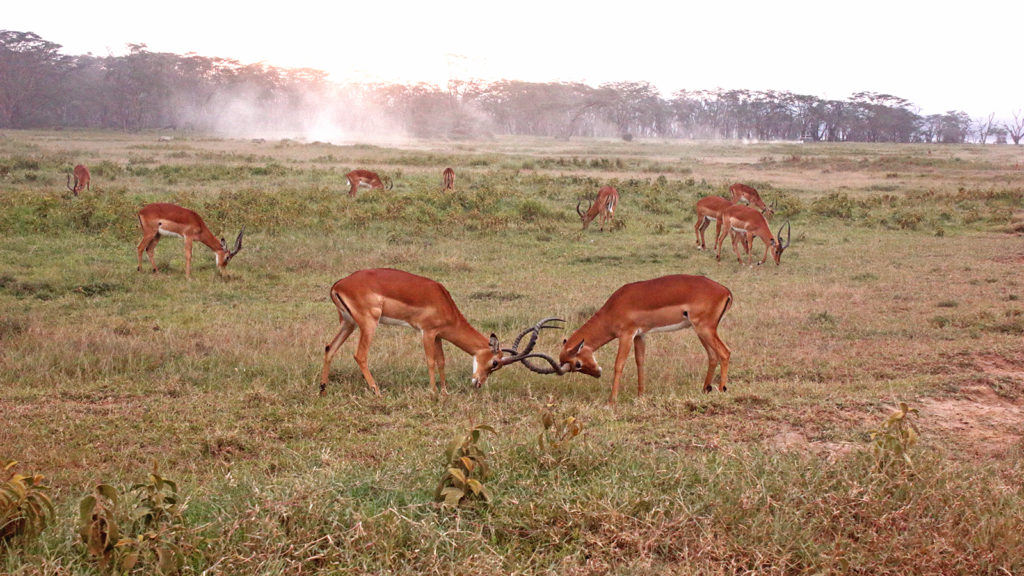
Two Antelopes locking horns as the sunsets at Nakuru.
The most numerous animals when you see when you visit the Masai Mara is probably the antelopes. While some people think that antelopes are a single species, they are in fact a whole group of species that consist of Thomson’s Gazelles (Eudorcas thomsonii), Springboks (), Grant’s Gazelles, Impalas and Hartebeests (Alcelaphus buselaphus) all belong to the group ‘Antelopes’. During the Great Migration, it is estimated that over 500,000 of antelope species will cross the Mara River.
The number of predators you can find are naturally lower. The predators include Hyenas, Cheetahs (Acinonyx jubatus), Leopards (Panthera pardus pardus) and Lions (Panthera Leo). However during the season of the Great Migration, the Nile Crocodiles (Crocodylus niloticus) in the Mara River also become a significant contributor to the kill ratio.
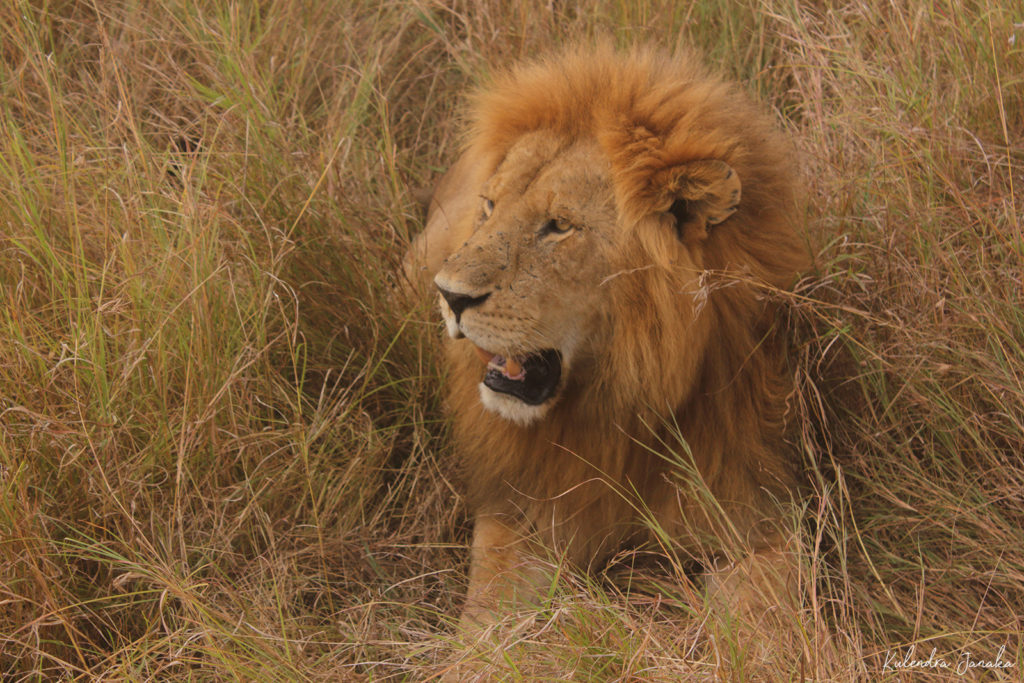
We met this male Lion on our way back from the Tanzania/Kenya border. He might be waiting for the Great Migration to begin. 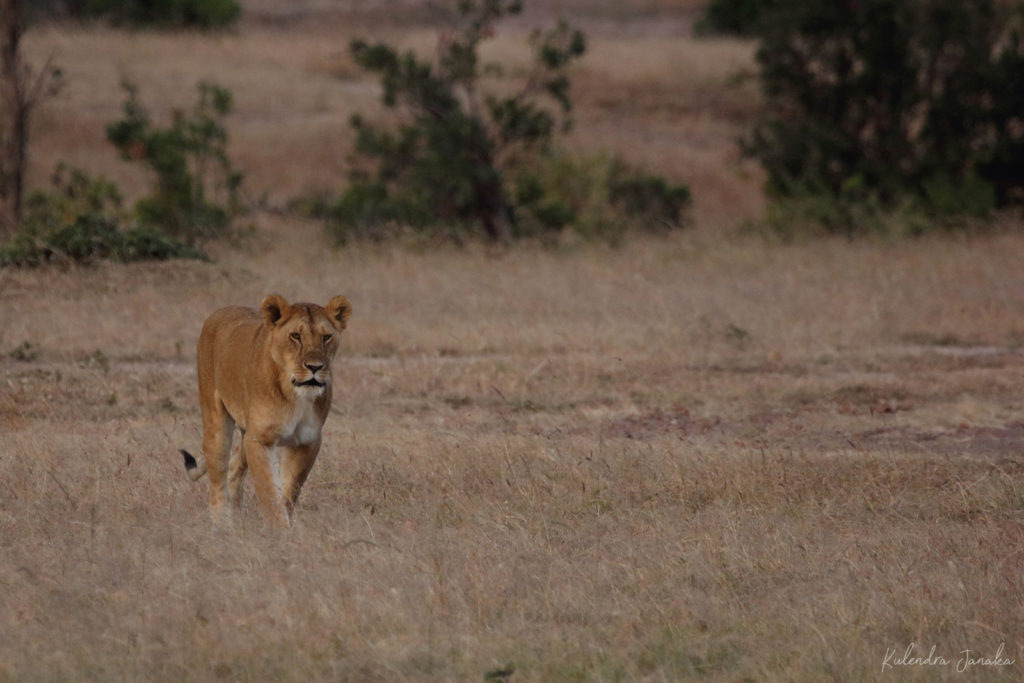
Lioness on the prowl. 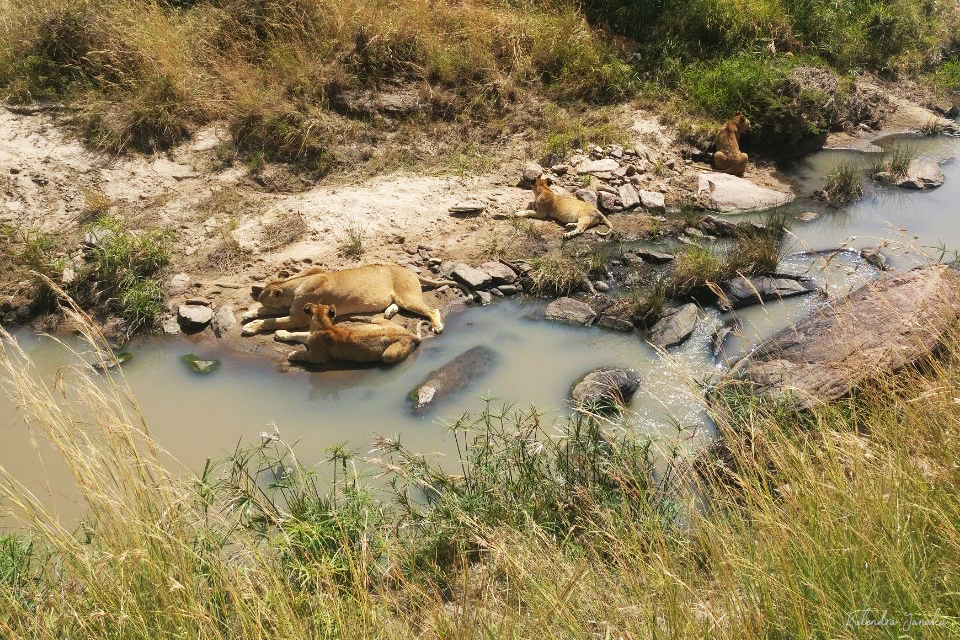
Lioness looking after four cubs.
Both the Lions and the Cheetahs are pack hunters. While Lions form quite large prides, going up to about 15 members in a pride, Cheetah packs are usually smaller, having only about 4 – 6 members. Also unlike Lions who form prides of female and male members and coalitions of only related male members, the Cheetahs only form coalitions. While very fast, Cheetahs are quite vulnerable. Unlike the Lions and Leopards who have quite powerful jaws and a larger body weight, the Cheetahs resort to exhausting their prey and then attacking them at the throat. The smaller body of the Cheetahs doesn’t allow them to fight back at the animals who would pause a threat to them such as Lions, Leopards or even Cape Buffaloes.
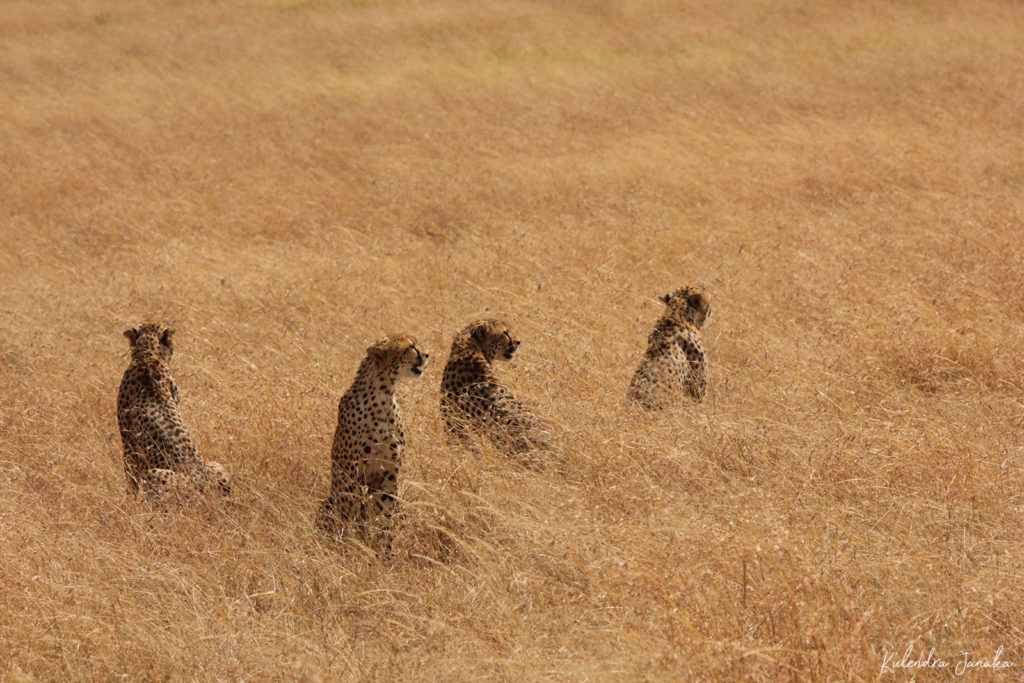
The Cheetahs form packs of all male members unlike the Lions who can have male or female members. 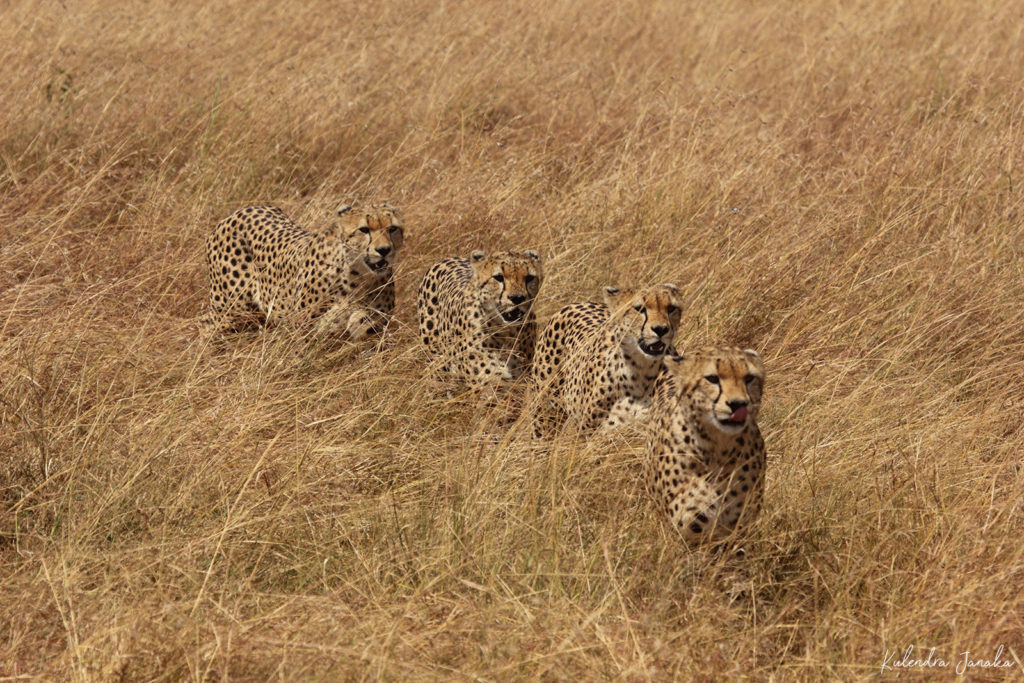


Can you spot the hunter?
During my visit to the Masai Mara, I was lucky to see a pack of four Cheetahs hunting. As most of you may have heard, the Cheetah is the fastest land animal on earth. However what I found fascinating is their hunting technique. While you may have also learned that the Cheetahs hunt by running down their prey to exhaustion, their pack hunting behaviour is an amazing example of team work. In the pack we came across, all the individuals seemed to be on the lookout for a possible prey. After a good fifteen minutes, they started following a herd of wildebeests. At a point one of the Cheetahs broke away from the pack and started moving away. The three other cheetahs also started scattering. I was a bit puzzled as what looked like a pack now seemed to be acting as individuals. It is only after a while we figured out what exactly was happening. The first Cheetah that broke away went all around the pack of Wildebeests and started chasing them down. Two of the other pack members came flanking the Wildebeest herd, funnelling them towards one direction, the direction the other member was waiting to take up the chase. While the prey were lucky this time, this was the most amazing pack hunting strategy I have seen. I wonder if the Lions who hunt follow a similar strategy.
One of the things that was at the back of my mind always was whether I would be able to catch the Great Migration. The process which sees Wildebeests (Connochaetes taurinus), Zebras (Equus quagga), Impalas and other herbivorous animals crossing over to the Masai Mara from the Serengeti Plains occurs between July and August. Between November to December, they cross back from Masai Mara to the Serengati. About 2 million animals cross the plains during the Great Migration which consists of about 1.5 million Wildebeests. The migration is a natural process where the herbivores literally follow greener pastures across the plains of Serengati and Masai Mara. The Great Migration is an event only because the Mara River poses a natural barrier to this year long process. It is estimated that over 250,000 animals die during the process of migration due to predation, hunger, thirst and trampling. While I was not lucky enough to see the actual crossing, I was lucky enough to see them congregated on the Serengati side of the river.
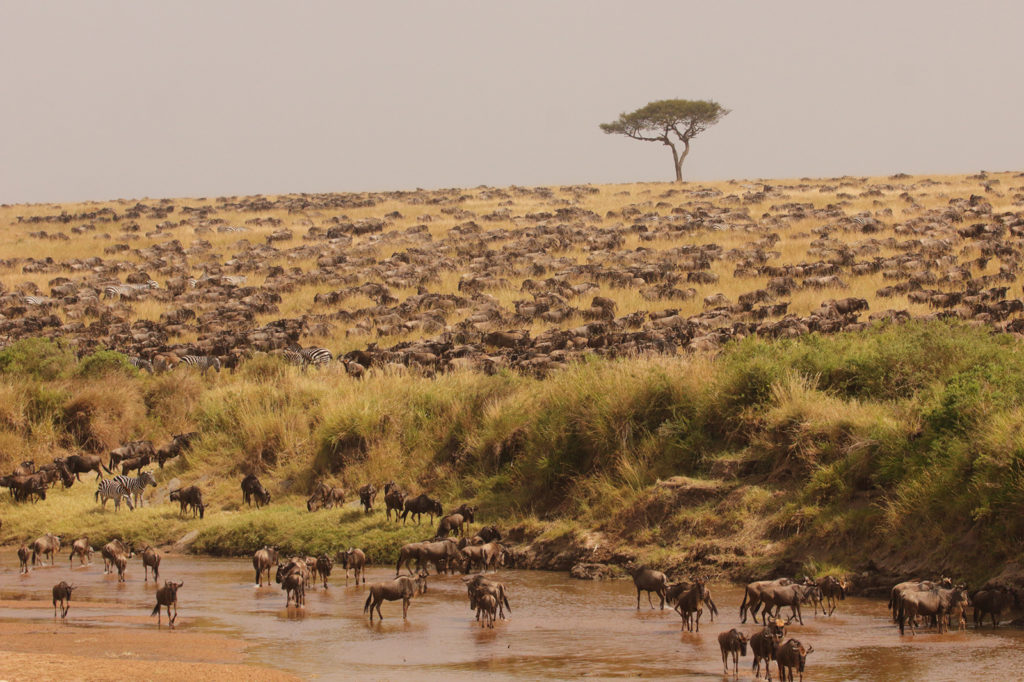
Wildebeests congregating at the banks of the Mara River. 
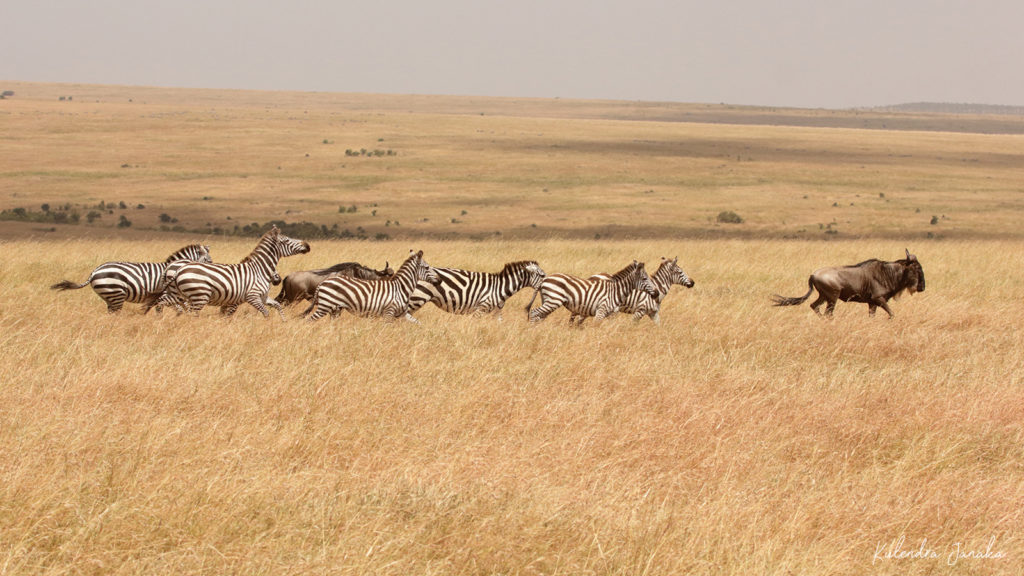
Almost all the animals in the Great Migration, might just be following the Wildebeests. 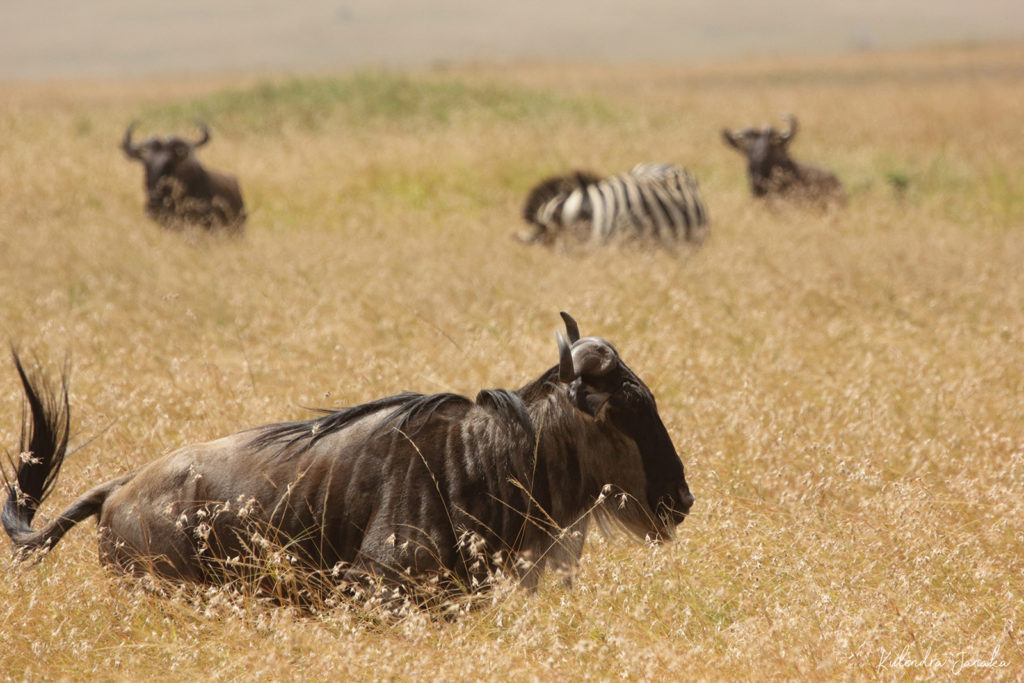
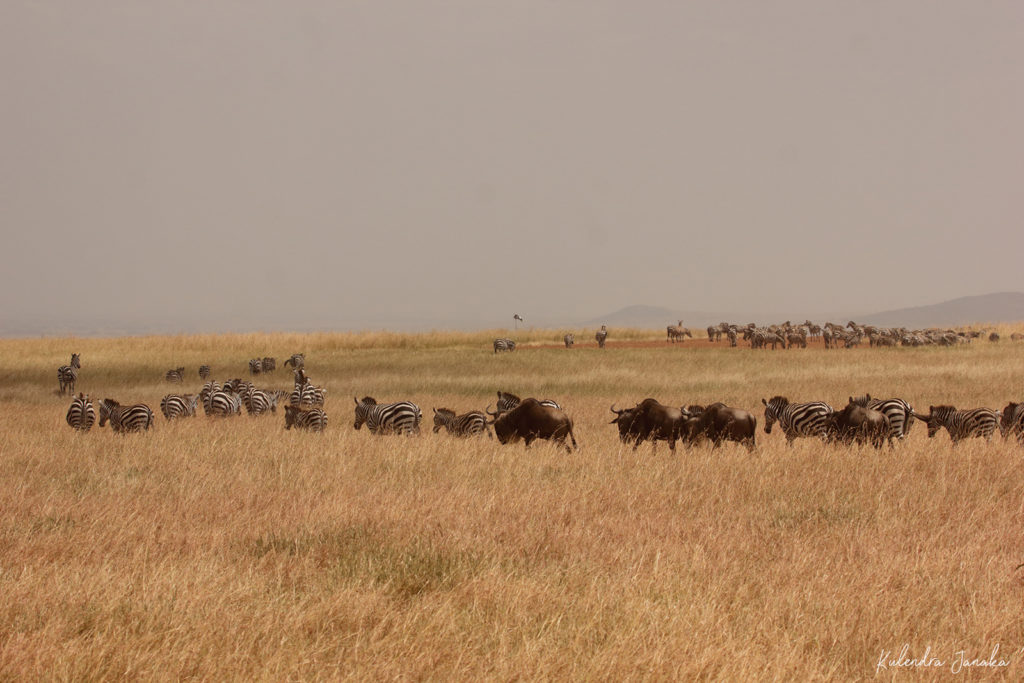
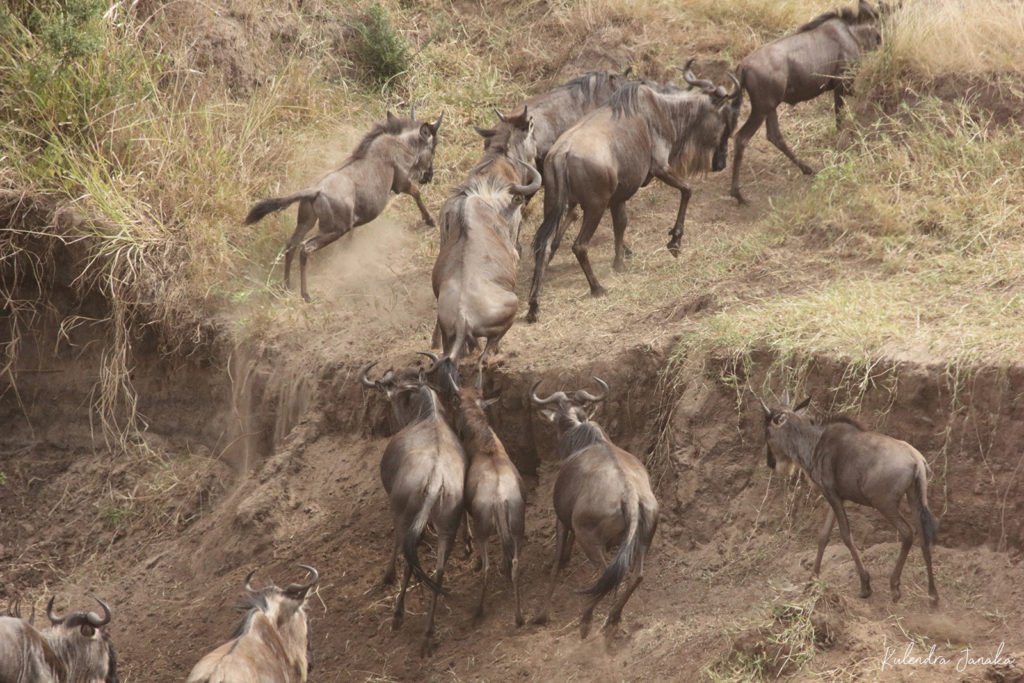
The crossing itself is a primal instinct for these animals. Almost all the animals just follow the Wildebeest herds. However among the Wildebeests, there is no single leader. A random Wildebeest will approach the river, test it and will start making a noise which my guide called the “crossing noise”. Apparently this triggers the instinct of other Wildebeests also to cross. After testing the river banks a few times, a Wildebeest will cross and a herd will follow him. The crossing of the river, which in reality is only a 50-75m wide can take hours at a time and days for the entire herd to cross because of the sheer numbers. During the crossing, crocodiles line up towards the crossing point to take a grab at any unlucky prey.
The most important part for you to remember as a spectator is to keep out of the way of the crossing and watch it from a safe distance. As the animals are driven by instinct, they try to cross at points where they have done across many years and consider anything unfamiliar such as the safari vehicles as a threat. They go under severe stress if they cannot cross the river and can cause a herd-wide panic.
On our way out from the river and back to the camp, our eagle-eyed guide spotted a male Lion who was resting. According to him, the predators have already got the scent of the prey and are closing in at the river banks. I wish I was there to see how that scene ended. But may be better luck next time.
